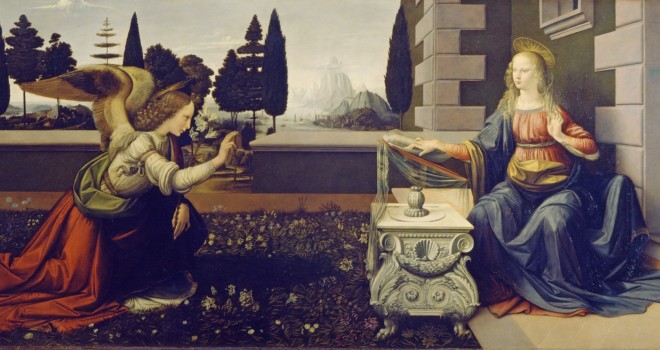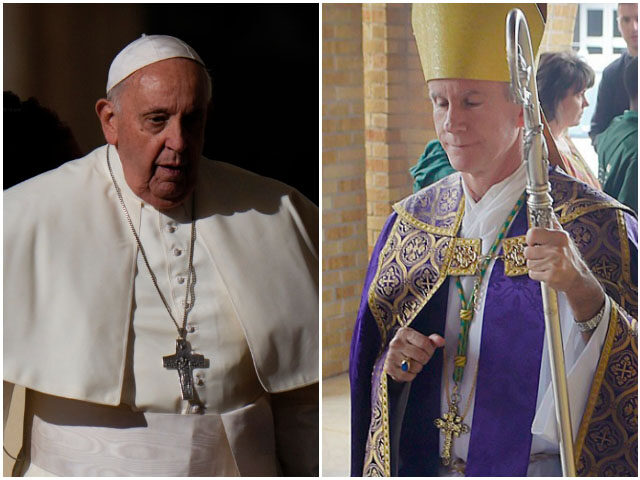The great Cappadocian St. Gregory of Nyssa had this wonderful idea about what spiritual perfection looks like.
Our restless hearts, as St. Augustine said, rest only when they rest in God. And yet, as Gregory reminds us, God’s beauty is inexhaustible. Therefore we are always growing deeper in our love of God. Theologian Lucas Francisco Mateo-Seco well summarizes Gregory’s approach in this way: “Perfection does not consist in reaching an end, but in running without end” (The Brill Dictionary of Gregory of Nyssa.)
This tension, or paradoxical duality, is well-expressed by Paul in Philippians 3:12-13,
It is not that I have already taken hold of it or have already attained perfect maturity, but I continue my pursuit in hope that I may possess it, since I have indeed been taken possession of by Christ Jesus. Brothers, I for my part do not consider myself to have taken possession. Just one thing: forgetting what lies behind but straining forward to what lies ahead
Paul is already ‘possessed’ by Jesus. And yet he says he has not yet ‘taken hold of it.’ Rather there is a kind of holy restlessness burning with him: he plans to ‘continue my pursuit’ ‘that I may possess it.’ Paul’s language even suggests an element of agony: he is ‘straining forward.’ In Greek, the word is epekteinomenos, which, in its noun form, epectasis, became the term to describe Gregory’s doctrine of both resting and journeying without end. Truly in this life—unlike in heaven—our journey of joy involves pain, suffering, and ‘straining forward.’
But how exactly do we cultivate that holy restlessness while also resting in Him?
Advent is a liturgical season particularly suited to teach us how to do this. And, above all else, we learn how from the figure of Mary in the Visitation. Here is how Luke records it:
During those days Mary set out and traveled to the hill country in haste to a town of Judah, where she entered the house of Zechariah and greeted Elizabeth. When Elizabeth heard Mary’s greeting, the infant leaped in her womb, and Elizabeth, filled with the Holy Spirit, cried out in a loud voice and said, “Most blessed are you among women, and blessed is the fruit of your womb. And how does this happen to me, that the mother of my Lord should come to me? For at the moment the sound of your greeting reached my ears, the infant in my womb leaped for joy. Blessed are you who believed that what was spoken to you by the Lord would be fulfilled” (Luke 1:40-45).
Mary had everything she could ever want: she bore Christ within her. Christ rested in her womb and she, in turn, spiritually rested in Him more completely than any other human being. And yet she is restless: ‘During those days Mary set out and traveled to the hill country in haste.’ But this is a kind of holy haste, not rash or driven by fear and anxiety. Mary’s journey is one of joy: she is on a mission to share God’s presence with her cousin.
Since we don’t know what Mary said and did, other than issue a greeting, we must infer those things from how Elizabeth responded. Everything in Elizabeth’s welcome indicates that Mary radiated a deep interior joy and peace. The infant John the Baptist leaps in her womb, she is filled with the Holy Spirit, and she venerates Mary. Elizabeth is happily surprised by the visitation. She asks, ‘how does this happen to me…?’ The joy she receives from Mary is felt in her innermost being, in her womb itself.
Perhaps the deep rest and the unending journey are not two things opposed to each other, or in some kind of paradoxical tension. Perhaps each one draws upon the other. On the one hand, we can rest even as we journey because God has ordained the journey, is our sure destination as long as we persevere, and even accompanies along the way.
We are exiles on our way home. Though we have yet to arrive, there is a kind of anticipatory peace that comes with that wonderful reality. We can at last rest easy because we are on our way home. Contrast this with the restlessness of those who are stuck in unhappy circumstances, whatever those might be. Their restlessness is the worst kind because they are immobilized. There is a kind of rest, then, that comes from journeying to where you are supposed to be. Put simply, our journeying leads to rest.
On the other hand, our journeying also proceeds from our resting. This is because part of what it means to rest in God is to be aware of his omnipresence. In a sense, we do not really need to journey ‘to’ God because He is already everywhere. Instead, we must journey ‘in’ Him. Our deep rest, then, is what makes the journey possible.
It is in love that we rest in God and it is love that drives us to seek Him ever more. The fruit of this love is joy—that kind of otherworldly happiness that fills us when we are in the presence of our beloved or rejoice in their good even if they are absent, as St. Thomas Aquinas explains. As the Catholic Dictionary defines it, joy is “the feeling aroused by the expectation or possession of some good.”
Mary’s journey is one of joy. And, in so doing, she shows us how to both rest and journey in God. Mary simply shares her joy with another person. She doesn’t keep Christ to herself. She embarks upon her mission eagerly and accepts the hardship that the journey to her cousin surely must have entailed. And she remains with her cousin for a fairly extended period of time.
But we are also called to imitate the examples of the other saints in this story. Like Elizabeth, we should allow ourselves to be pleasantly surprised by the arrival of God’s presence in our lives. We should be open to the unexpected ways and times God might come to us. And, hopefully, in so doing, we can become more like the infant John the Baptist, quietly leaping for joy in the depths of our souls when He at last arrives.







